Do you have a question about the Nordyne CSH4BE and is the answer not in the manual?
| SEER | Up to 14 |
|---|---|
| Voltage | 208/230V |
| Phase | 1 |
| Refrigerant | R-410A |
| Cooling Capacity | 48000 BTU/h |
| Tonnage | 4 Ton |
Covers cleaning filters, clearing outdoor unit debris, and checking for obstructions.
Highlights system pressures and safe handling of refrigerant and equipment.
Emphasizes following instructions on labels, tags, and precautions.
Details safety requirements and equipment for brazing operations.
Steps for unpacking equipment and inspecting for damage.
Guidelines for choosing an optimal location for the outdoor unit.
Critical safety warning to turn off power before wiring.
Compliance with NEC and local codes for electrical power wiring.
Ensuring air filters are clean and thermostat is set correctly before startup.
Procedures for safely applying power and inspecting wiring.
Steps to verify system operation, including indoor blower and safety switches.
Guides on understanding the meaning of LED flashes for troubleshooting.
Troubleshooting common wiring errors for the diagnostic module.
Detailed interpretation of LED status and corresponding troubleshooting actions.
Critical safety warning regarding refrigerant handling by qualified personnel.

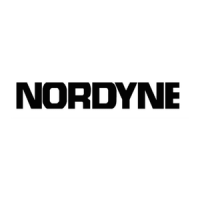
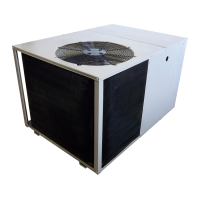

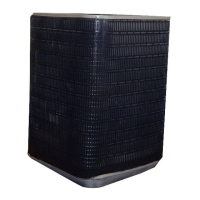

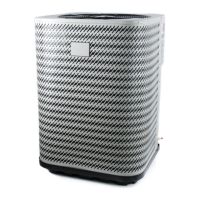
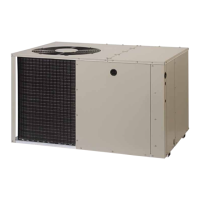



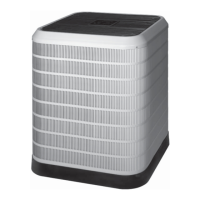
